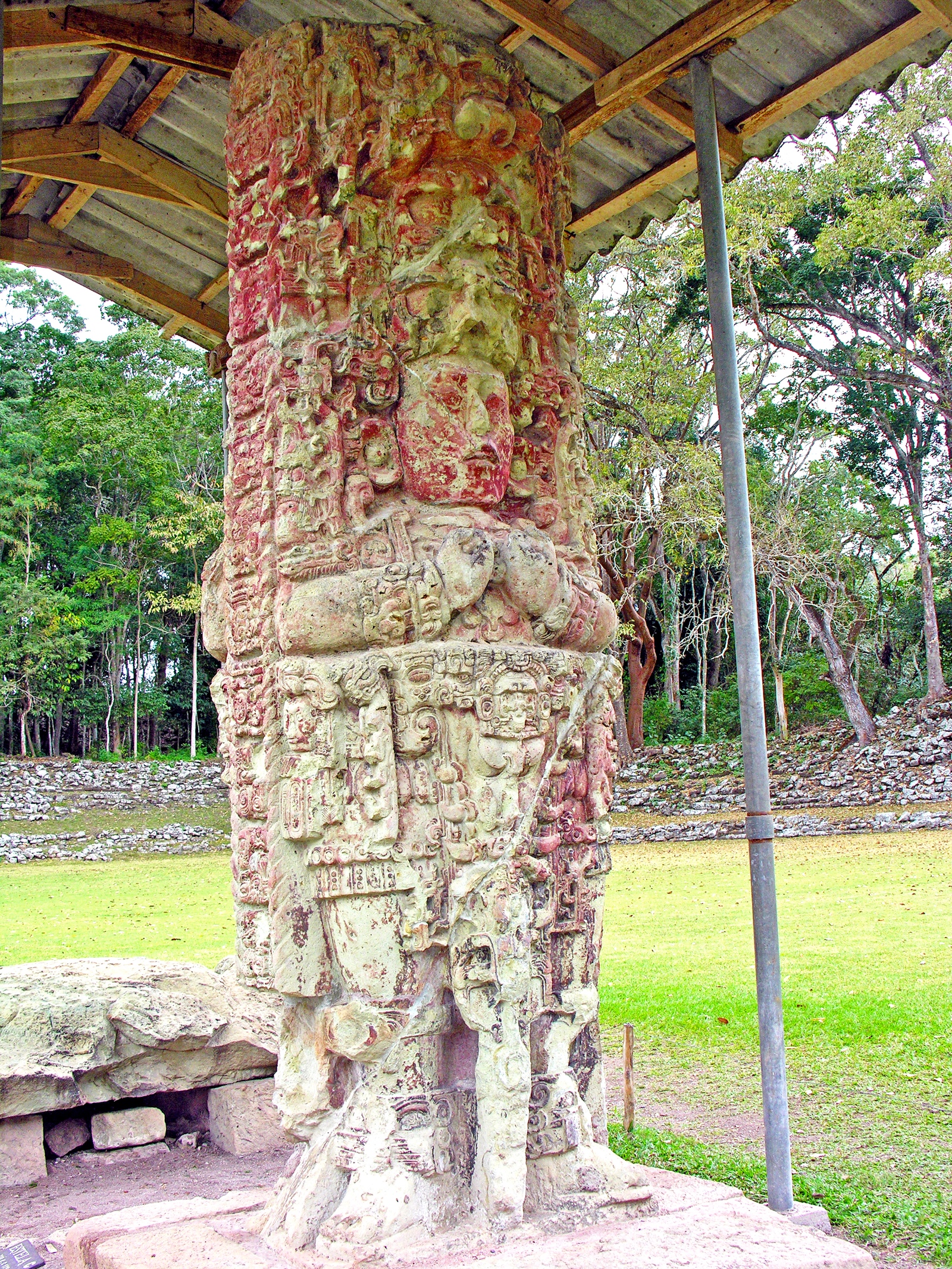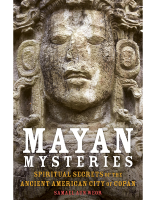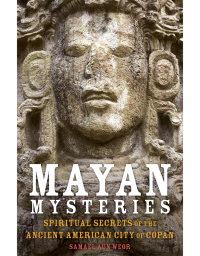
We see four faces in this stela, which is how the Tetragrammaton is represented.
The first face shows us Adi-Buddha, the unknowable, the unmanifested, the one who does not enter into creation.
The second face is represented by the three forces—Father, Son and Holy Spirit—which do enter into creation.
Adi-Buddha is the Father of our Father.
Jesus named him Yew, and he said of him, “the Father of my Father.”
Yew, the unknowable, the unmanifested, never enters into manifestation.
Subsequently, the Ancient of Days manifests and becomes the first enfoldment of Yew, who is the unmanifested Adi-Buddha. Consequently, the Son followed by the Holy Spirit appears. So, the Trinity emanates directly from Adi-Buddha, the unknowable.
So, on stela C, we clearly see this. On the highest part of this stela a semblance of a face is shown, yet it is faded and is noticed only by paying a lot of attention. It is faded in order to provide understanding about the unknowable.
This stela is a very well adorned theological piece.
On its waist, on the part of Hod and Yesod, we see magnificent adornments.
The belt indicates that there is a need to work hard, to dominate the lower passions or animalistic instincts, in order to grasp the scepter of command, the scepter of the kings.
Its hands in that position indicate the necessity of directing upwardly and inwardly the totality of the creative forces.
Pay attention to wisdom, and never, ever forget that each one of us is the final outcome of the distinct unfoldments of the Tetragrammaton.
The work in itself is perfect completion.
On its head, we see how the work glows when one attains perfection by means of it.
The miter on its head, the belt on the region of Hod—the astral world—and the scepter of power on the center—Yesod—clearly tell us about the perfection of a human being that has attained self-realization.
But, what is the inner realization of the Being?
Let realization of the self be understood as the harmonious development of the infinite completeness of human possibilities. Realization of the self is not about intellectual data capriciously scattered, nor is it about mere, insubstantial wordiness of ambiguous chatter. Everything that we are saying must be translated to authentic, lived, and real experience. In the name of truth, we solemnly declare that the Being is the only real existence, and before his ineffable and terrible, divine transparence, that which is called “I,” ego, or myself is merely exterior darkness, weeping and gnashing of teeth.
To know ourselves and become realized on the horizon of infinite possibilities implies the entering or re-entering into the creative host of the Elohim.







